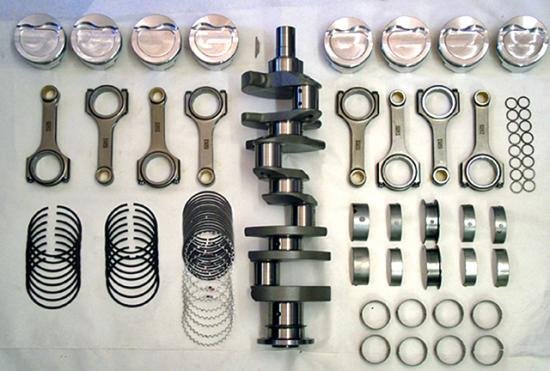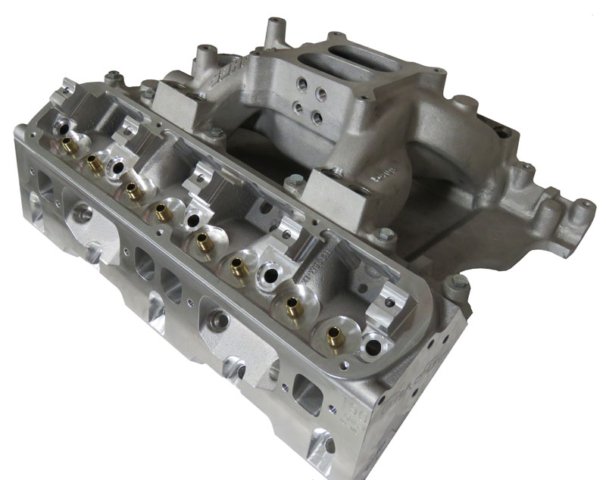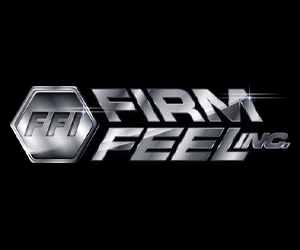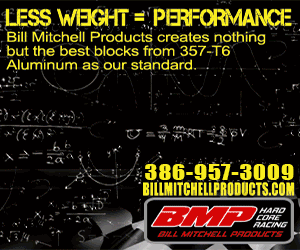
The third and final installment of the Hughes Engines Magnum manifesto isn’t for the faint of heart or light of foot. Swapping engine internals is the last step in maximizing power and some mechanical know-how is a must. Care must be taken on the tuning side as well but, as always, Hughes can help guide gear-heads in the proper direction:
LEVEL 3
This level will involve more work, some dedicated tools and greater mechanical skill. Generally, tuners such as SCT (P/N SCT3200, A & B) with 2 custom tunes are required at this level.
- Camshaft At last, we can put in the camshaft. At this point, you may just install one of our smallest cams (P/N HUGHER9703AL-114 for 5.2 or HUGHER0814AL-114 for your 5.9) for a big torque boost in your stock engine, or you may build a high performance or a stroker needing a lot bigger or even a custom cam. The bottom line is that the cam installation procedure is the same. With some of the larger cams, you may need double springs and the heads will need to be machined to accept them.
 We have a special line of cams for applications using an SCT tuner. These cams have tighter lobe separation angles (L.S.A.). The tighter LSA will cause the engine to produce even more power and torque, and have more aggressive idle.
We have a special line of cams for applications using an SCT tuner. These cams have tighter lobe separation angles (L.S.A.). The tighter LSA will cause the engine to produce even more power and torque, and have more aggressive idle.
But it also lowers the vacuum enough to confuse the E.C.U., therefore, the SCT tuner is necessary to re-program the ECU to operate properly with this lower vacuum. These are listed as tuner cams.
- Lifters Hydraulic roller lifters can be re-used if they are in good condition. In other words, if the roller rolls smooth and the lifter pumps up. However, we see lifters with over about 50K miles as noisier (tick-tick-tick) than new lifters on the same cam. We have 2 types of lifters. P/N HUG 5006 are stock replacement style, and our high performance version, P/N HUG 5007. These act more like a solid lifter, produce more power and have a mechanical sound.
- Heads One of the first things you will learn, from reading this or the hard way, is that OEM magnum heads are cracked—or at least 95% of them are. This problem is so common that at least 4 aftermarket manufacturers supply new cast iron heads for them. We work with 3 of these manufacturers, so we can supply new heads for everything from a budget rebuild to a ported racing version with oversized valves. Edelbrock has a very nice aluminum head that we can CNC port to outflow any other head. Stock rocker arms can be used on all iron replacements heads but we suggest that you upgrade to either our stainless steel or aluminum rockers for more accurate ratios and improved performance.

Cylinder head air flow is most important from about .100” lift up to about 90% of maximum lift. The reason is because the valve is in that area twice—once when the valve opens and once when it closes. The valve is at maximum lift for a very short time, making the mid-lift air flow much more important for making power. Our cams are specifically designed to give you the most lift possible at this critical area.
- Strokers. Now, we get to strokers. A stoker kit will increase torque considerably—50% to 70% depending on what other options are included. A common internet tale made in regards to strokers is that they are only for racing. Nothing could be further from the truth. Stroker engines increase the displacement, which automatically increases the torque. With no other change to the engine but stroking, the torque will increase considerably and the horsepower very little. Horsepower increase comes with breathing modification (such as intake, heads, cam, exhaust, etc) improvements. So stoker engines can be made for torque or all out horsepower, you choose and we’ll help you build it.
- Headers. Now it is time for the headers. We show several types. We suggest stainless steel as they live longer. Make sure your exhaust system is larger too, to compliment the better flowing headers.













 Mopar Connection Magazine – The ONLY Daily Mopar Magazine © 2022. All Rights Reserved. Mopar Connection Magazine is the ONLY daily Mopar Magazine bringing you the latest Mopar news, technology, breaking news, and Mopar related events and articles. Find out the latest information about Mopar, Mopar products and services, stay up to date on Mopar enthusiast news, dealership information and the latest Mopar social media buzz! Sign up for the Mopar Connection Magazine newsletter for the latest information about new products, services and industry chatter. Mopar Connection Magazine is the best and only source you need to be a Mopar industry insider!
Mopar Connection Magazine – The ONLY Daily Mopar Magazine © 2022. All Rights Reserved. Mopar Connection Magazine is the ONLY daily Mopar Magazine bringing you the latest Mopar news, technology, breaking news, and Mopar related events and articles. Find out the latest information about Mopar, Mopar products and services, stay up to date on Mopar enthusiast news, dealership information and the latest Mopar social media buzz! Sign up for the Mopar Connection Magazine newsletter for the latest information about new products, services and industry chatter. Mopar Connection Magazine is the best and only source you need to be a Mopar industry insider! by
by